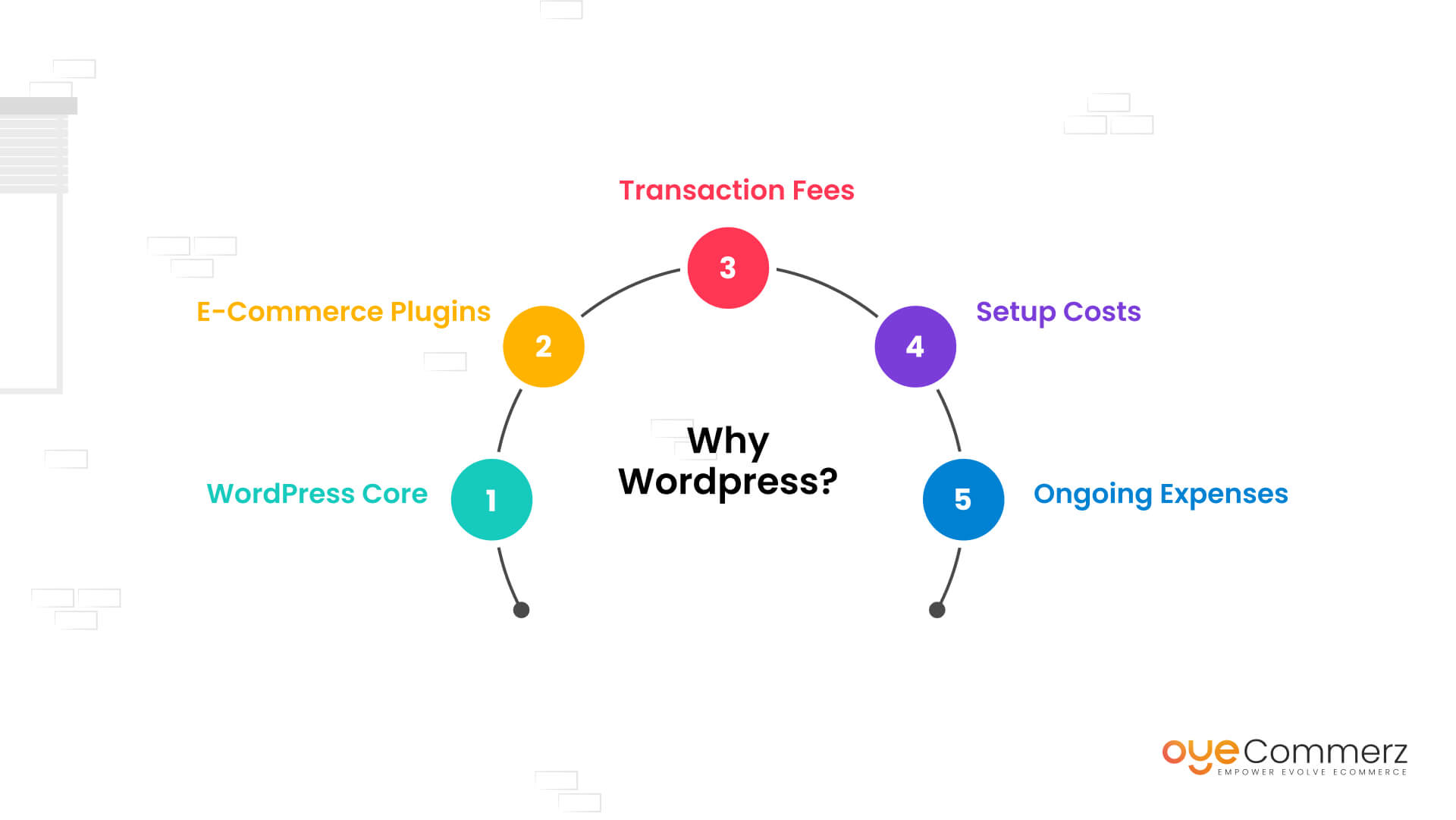Transitioning from WordPress to Shopify marks an promising step toward optimizing your online store processes. As companies expand, choosing a platform that supports growth potential, UX, and customization is essential. Shopify has emerged as a preferred choice for online merchants, offering unmatched flexibility, security, and user-friendliness. In this guide, we will delve into the transformative impact of this migration, discuss the advantages, and share actionable steps to facilitate a seamless transition.
1. Top Reasons to Transition from WP to Shopify
WordPress, paired with WooCommerce, continues to support countless online stores. However, as companies expand, challenges like plugin dependency, security vulnerabilities, and technical complexities often obstruct progress. Shopify, specifically created for e-commerce, addresses these concerns with an comprehensive, intuitive solution. Real data back this shift—Shopify powers over 4.4 million stores worldwide, with a reported 10% increase in sales performance for many businesses post-switch.
2. Key Benefits of Shopify for E-commerce Success
Shopify’s powerful platform is tailored for scaling brands. Its notable benefits include:
- Effortless Design Flexibility: Shopify provides over 80 expertly crafted themes.
- Built-in Features: Capabilities such as Shopify Payments and built-in SEO streamline operations.
- Global Reach: Multi-currency support and regional customization enable businesses to expand internationally.
Additionally, Shopify delivers an availability percentage of 99.98%, guaranteeing your store is always operational.
3. Preparing for WP to Shopify Migration
Before migrating, evaluate your existing setup. Analyze inventory details, client information, and search engine rankings. Tools like Shopify’s Migration Kit or external tools can simplify this process. Create a detailed strategy, ensuring all resources—product descriptions, images, and articles—are ready for seamless import.
4. Data Migration: A Critical Step
Data migration forms the foundation for a successful transition. When migrating from WP to Shopify, prioritize:
- Inventory Details: SKU, item summaries, and categories.
- Client Information: Emails, order history, and custom fields.
- SEO Optimization: Retain meta tags, URLs, and redirects to avoid SEO losses.
Leverage tools such as LitExtension to streamline data Shopify design and development transfer while reducing mistakes.
5. Customizing Your Shopify Store
After the move, customizing your Shopify store helps it aligns with your brand. Utilize Shopify’s drag-and-drop editor to design pages effortlessly. Shopify's themes are mobile-responsive, ensuring a smooth UX across devices—a critical factor, since 74% of e-commerce traffic is generated by mobile users.
6. How to Protect Your SEO Rankings When Switching Platforms
SEO is vital for preserving your visibility during migration. Shopify excels in SEO with clean URL structures, preloaded features, and smooth content management. Ensure:
- Set up URL forwarding for existing links.
- Optimize new pages with keyword-rich content.
- Leverage plugins like Plug in SEO to monitor performance post-migration.
7. Essential Tests After Migrating to Shopify
After finishing the transfer, conduct thorough testing.
Check:- Website speed (Shopify delivers faster speeds compared to WP).
- Functionality of payment gateways and transaction flow.
- Mobile responsiveness.
Quality assurance guarantees your store provides a smooth shopping journey from day one.
8. Case Study of a Successful Migration
One such migration success story WordPress to Shopify migration is Gymshark, a sportswear company that transitioned to Shopify. After the switch, the company experienced a 60% boost in mobile sales and reduced site downtime. This highlights the potential of Shopify in driving online business success.
9. Challenges and Solutions
Migration is not without obstacles, such as data integrity and reconfiguring custom functionalities. However, Shopify’s extensive assistance and third-party experts simplify the process. Partnering with qualified Shopify developers helps guarantee a smooth transition.
10. Starting Your Journey with Shopify
Migrating from WordPress to Shopify marks a strategic approach to online retail. By focusing on growth, simplifying management, and improving buyer satisfaction, Shopify empowers businesses to thrive in challenging industries.
Final Thoughts
Switching from WordPress to Shopify is a strategic move that can greatly enhance your online business performance. With a robust migration plan, the appropriate resources, and professional guidance, you can achieve new growth opportunities.
Ready to make the leap? Reach out today to learn how our Shopify migration services can revolutionize your e-commerce platform. Get in touch today, or consider: Is it time to seize Shopify’s advantages for your store?

Comments on “Seamless WP to Shopify Migration: Your Ultimate Guide to E-commerce Success”